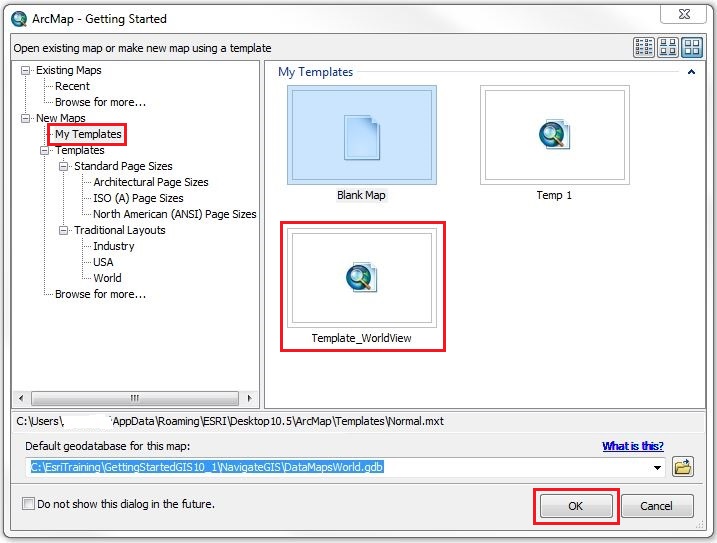



For example, you could click the arrow next to High schools, click New Template, name the template Charter high school, and provide all the other relevant properties for this new template.Īnother way to add a new template is to click the arrow to the right of an existing template and click Copy. You must specify the properties of the new template. This adds a new template under the feature type. To add a new template, you can click the arrow to the right of a feature type name and click New Template. These translate into more feature choices in the editing environment. In the following example, each school type has two templates: one for a public school and one for a private school. The most important property you will edit is the set of field values associated with the template.Įach feature type can have multiple templates that further predefine the attributes of the feature. You can click the small arrow to the right of the template name to reorder the template's position in the list or set the template's properties. You'll see a list of the feature types and their templates. This is especially useful if you published your feature layer from ArcGIS Online without any associated template information. You can also define feature templates in Map Viewer Classic. Create feature templates in Map Viewer Classic Editors can work with the feature templates that you originally defined with ArcMap. The feature templates persist when you publish the feature layer to ArcGIS Online and allow editing. This process is described in the ArcMap help Editing section under Using feature templates. If your hosted feature layer originates from a map document, you can use ArcMap to define a feature template. Anyone editing the hosted feature layer can work with the feature templates you originally defined with ArcGIS Pro. The feature templates persist when you publish the feature layer and allow editing.
ARCMAP TEMPLATES PRO
See Create a feature template in the ArcGIS Pro help for more information. If you publish a hosted feature layer from a project in ArcGIS Pro, define a feature template in the project. You can define feature templates in ArcGIS Pro, ArcMap, or Map Viewer Classic (formerly known as Map Viewer). However, if each study area will be placed in a priority category, then templates may be useful. For example, if you're digitizing polygon boundaries of uniquely named study areas, templates may not be necessary.

If all the features in your layer exhibit similar characteristics or cannot easily be placed into nominal or ordinal categories, you may not need to worry about templates. Using feature templates, you can provide a focused palette of valid feature types for editors to create and modify. Well-defined feature templates help your editors add only the types of features that are allowed. For example, you could define available pipeline types based on both the diameter of the pipe and the material that constitutes it. If you use unique symbology, you can define subtypes on the feature types, which are additional templates based on other feature attributes. This ensures that editors do not enter invalid values for this important attribute. The feature layer administrator can preset the school type attribute for these three options. For example, feature templates for a schools feature layer might allow editors to choose whether a new feature should be classified as an elementary school, middle school, or high school. You can make the job easier for them and preserve your data integrity by carefully preparing feature templates.įeature templates define categories of items that editors are allowed to add to a feature layer, based on specific combinations of attributes. When you expose a dataset for web editing, you open it to users who may be new to GIS, or who may be using a wide variety of devices unsuitable for lengthy attribute editing sessions. Create feature templates in Map Viewer Classic.


 0 kommentar(er)
0 kommentar(er)
